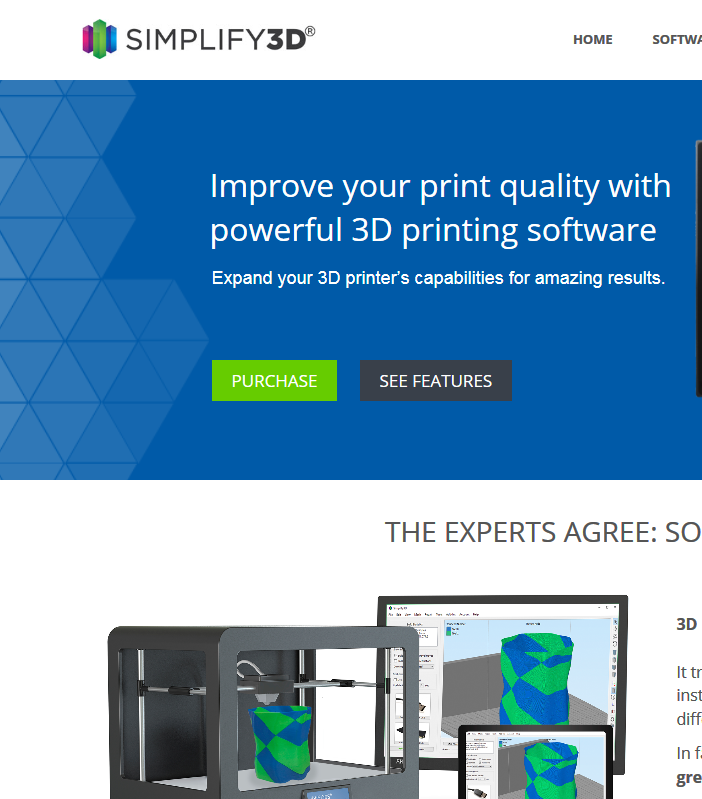- Community
- Creo+ and Creo Parametric
- 3D Part & Assembly Design
- Re: STL files - options?
- Subscribe to RSS Feed
- Mark Topic as New
- Mark Topic as Read
- Float this Topic for Current User
- Bookmark
- Subscribe
- Mute
- Printer Friendly Page
STL files - options?
- Mark as New
- Bookmark
- Subscribe
- Mute
- Subscribe to RSS Feed
- Permalink
- Notify Moderator
STL files - options?
I am trying to figure out why Creo doesn't output surfaces to STL.
I considered this to be normal until I used MeshMixer to generate support.
If you leave those supports as faceted surfaces, they are preserved in the STL output.
Does Creo have an INTF setting that makes surfaces optional on export?
Solved! Go to Solution.
- Labels:
-
2D Drawing
Accepted Solutions
- Mark as New
- Bookmark
- Subscribe
- Mute
- Subscribe to RSS Feed
- Permalink
- Notify Moderator
Hi Antonius,
Surfaces, quilts, and freestyle primitives can not be exported to a .stl file. This is the current functionality within Creo.
Thanks,
Amit
- Mark as New
- Bookmark
- Subscribe
- Mute
- Subscribe to RSS Feed
- Permalink
- Notify Moderator
Hi Antonius,
Surfaces, quilts, and freestyle primitives can not be exported to a .stl file. This is the current functionality within Creo.
Thanks,
Amit
- Mark as New
- Bookmark
- Subscribe
- Mute
- Subscribe to RSS Feed
- Permalink
- Notify Moderator
Sad!
A free Autodesk offering does this basic 3D printing function where a n$k product cannot(?).
Here is hoping someone got smart and redefined the product requirements for Creo 4 since it is being touted as 3D printing upgrades.
Probably under an additional cost extension which again makes it useless.
Maybe I should be looking at Autodesk fro my 3D printing needs?
- Mark as New
- Bookmark
- Subscribe
- Mute
- Subscribe to RSS Feed
- Permalink
- Notify Moderator
I have been using the .stl files created using solids from Pro/E and Creo for years without problems. I never had to deal with surface models.
For those of you that may be just starting out with the 3D printing, you may find the default settings for the .stl creation to be somewhat coarse.
If you need a finer mesh, here is the hidden config.pro option that allows you to create a much finer mesh....
allow_small_chord_height yes
You may want to do a little testing by starting out your mesh size at .0001
The system will adjust it to the finest setting it can handle.
Then you can adjust to the 3D Printer specs.
I hope you find this helpful.
- Mark as New
- Bookmark
- Subscribe
- Mute
- Subscribe to RSS Feed
- Permalink
- Notify Moderator
Thanks for weighing in, Charles.
Also appreciate the finding of yet another hidden option to help manage 3D prints.
I should be more specific as to why this is important.
Any solid geometry in the slicers become a double wall making thin sections difficult.
As a surface, the slicers generate a single wall, very useful for supports.
Often times, I will generate my supports in Creo.
Single wall support are very easy to remove.
Double walls typically merge with your print even with small gaps.
Right now, in order to do prep, I have to either let another program generate supports (yuck)...
Or I output a facet file and join it, again, in another program, to merge the two.
To me, this is an oversight in Creo.
Apparently, when it was realized that this was not implemented, someone wrote a specification to state this.
Now service can tell everyone that it "...works according to specifications".
However, as a now heavy user of 3D printing prototype elements, Creo falls flat on this poorly considered specification.
- Mark as New
- Bookmark
- Subscribe
- Mute
- Subscribe to RSS Feed
- Permalink
- Notify Moderator
Options...
$? unending maintenance $?

$149 for Simplify3D






